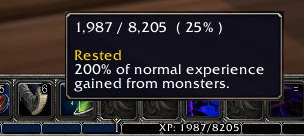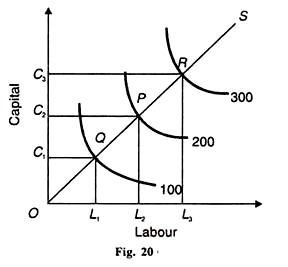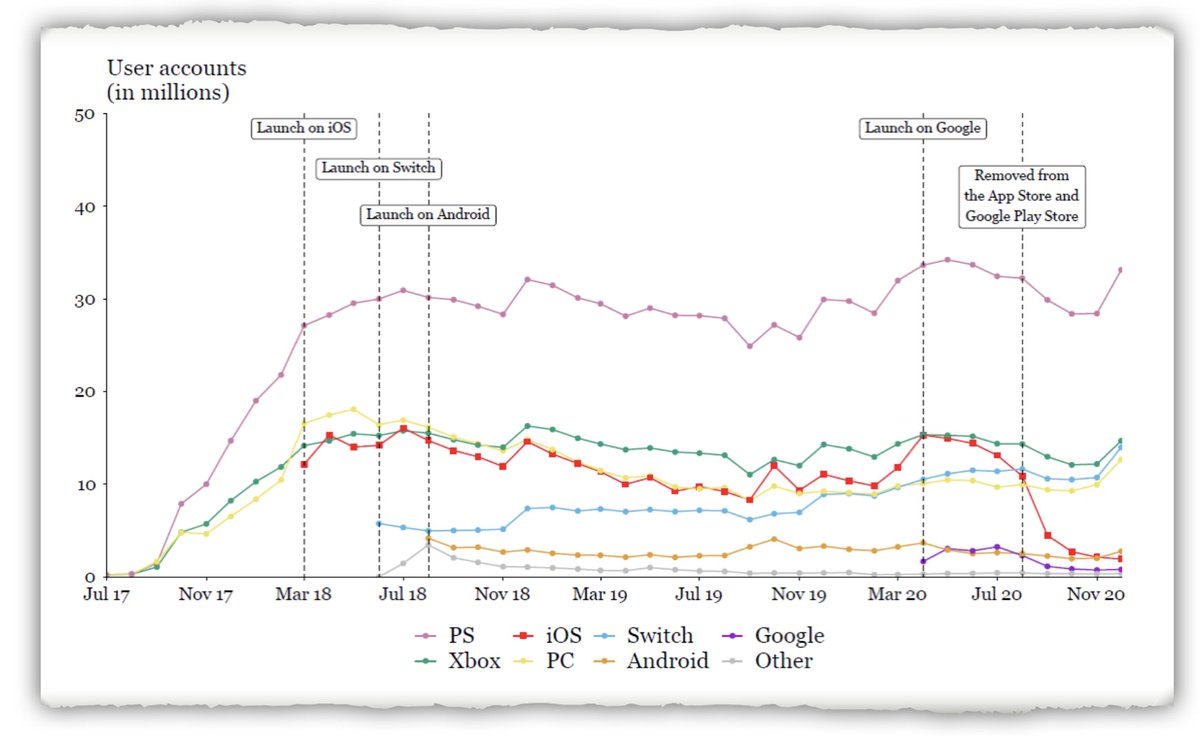More on the Economics of Battle Pass: Resting Prices, Forecasted Level and Complete Pass

The previous model of battle pass (BP) focused on average daily monetization cap (ADMC) as the key lever in driving more monetization from BP. Special attention was paid to the role of tiers and we’ll continue to do so here.
One of the more interesting shortcomings of BP is the inner temporal nature of the pass. The pass is available not on demand but at fixed time intervals. If a player joins in the middle of a twelve week season they face radically different pass economics then someone who started at the beginning of the season.
Model Extension
To understand, let’s first describe the difference between a player’s $\text{Current Level}$ and where they’ll be by season end ($\text{Forecasted Level}$). The difference between the two is a player’s current $\text{Level Gap}$.
$$ \ \text{Forecasted Level}_{t+x} – \text{Current Level}_t = \text{Level Gap}_t$$
Also consider a player with a stable goal of the level they’d like to be by churn or season end. The difference between the $\text{Target Level}$ and the $\text{Current Level}$ is the $\text{Level Deficit}$.
$$ \ \text{Target Level} – \text{Level Gap}_t = \text{Level Deficit}_t$$
Finally, we understand the cost of reaching the $\text{Target Level}$ as the price for the number of tiers needed to close the gap.
$$ \ \text{Level Deficit}_t * \text{Tier Price} = \text{Target Level Cost}_t$$
A player has autonomy over this. The player can elect to spend more labor, rather than capital, to lower the explicit cost. The player will select the optimal combination of labor and capital where the cost of another unit of labor is just equal to the cost of the tier.
Battle Pass Level Production Function

We might consider many players with variable accuracy around $\text{Forecasted Level}$. If a player buys too many tiers, they’ll have leftover “progression”. This is progression they otherwise would would have been able to earn with labor rather than capital. It suggests that players should wait until season end to minimize the forecasting error and thus $\text{Target Level Cost}$.
One way developers address this is through tier bundles. Many games offer a BP + 25 tier bundle at a significant discount. If a player plans to allocate 100 tiers worth of seasonal XP effort, then the tier bundle provides no additional benefit. To account for this, developers offer a discount on a per tier basis for the bundle. This operates as a cheap insurance policy for players uncertain how accurate their forecast of effort is. But we can take it a step further: complete pass. Offer the entire BP + 100 tiers (or something much higher than the standard 25) at season start for a significant discount. It’s like offering more expensive insurance policies to help hedge uncertain players.
Time Effects
However, we know consumption now is more valuable than consumption later – net present value exists. Buying tiers at season start gives players earlier consumption then waiting 90 days until season end. In a cosmetic economy, we know negative externalities are likely to be present – if everyone has a high level item it’s not as valuable then if fewer have the same item. Buying tiers early means high tier cosmetics are less subject to negative externalities then at season end. The model suggests tier purchasing faces a U-shape sales curve throughout the season. Tiers are purchased early for the “exclusivity” period and then later to minimize the forecasting error.
Battle Pass Tier Purchasing (Intra-Season)

But let’s again return to the player who joins in the middle of a twelve week season. The BP value proposition is far worse for them as they have less time to earn the same amount of content. Furthermore, the LTV of newly acquired players tends to decline overtime while CPIs increase for these same players. The players are likely to be more price elastic compared to the golden cohort. BP has created another odd set of incentives. The solve is to price discriminate. This is good for both players and developers! We could imagine bundling an an increasing number of gifted tiers in the bundle. The number of tiers bundled increases with the recency of a player’s season start date. It’s like resting XP….for prices.
A dash more creativity might also imagine a bundled XP booster. This would allow late joiners to converge on the current level of players by season end with the same remaining effort. Different mechanic, same incentive.
Catalog Lock
Most BPs contain exclusive, time-limited content. If you’re not around to earn/purchase it during the season then you can never obtain it. On one hand, it provides a player-developer contract. Players are protected from having a cosmetic that shrinks in value from negative externalities. On the other hand, almost no other industry does this. Even the sneaker market doesn’t function like this due to a second hand market. In games, goods are generally non-transferable or doing so has at least large transactions cost (buying/selling an account). Cosmetics are a poor store of value.
Temporal time effects re-emerge due to the total player base for a game varying overtime. Fortnite’s player base has grown, but Epic prevented itself from selling season one BP content to a much larger total addressable market.
Fortnite MAU

BP back catalog content should be available for sale either in new passes or in the direct store. This maximizes the return for a huge collection of content. It might result in lower initial sales, but win in the long-run.
Keep the Pressure Coming
For gaming to continue to increase its growth rate we need to grow monetization. A great deal of games bet on massive scale, but the market can only support so many of those strategies. We will hit diminishing returns at some point. A better BP means a better industry. I’ll conclude with a reiteration from last time:
MTX design has evolved and there’s no reason to think BP won’t do the same. At the end of the day, it’s a mechanic not a destiny.